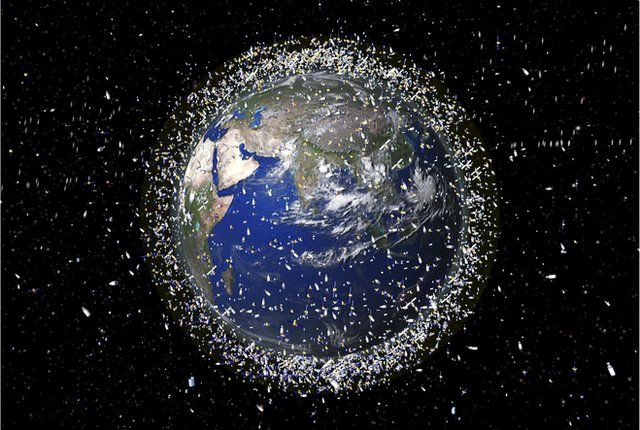Beyond Earth: Navigating the Growing Space Debris Threat – Accidents and Mitigation Technologies

Course Content
Introduction
-
The increasing proliferation of space debris and its potential risks to space missions and satellites.
00:00 -
Importance of understanding the origins, types, and implications of space debris for future space exploration.
00:00 -
Overview of the ebook’s focus on space debris threats, historical accidents, and innovative mitigation technologies.
00:00